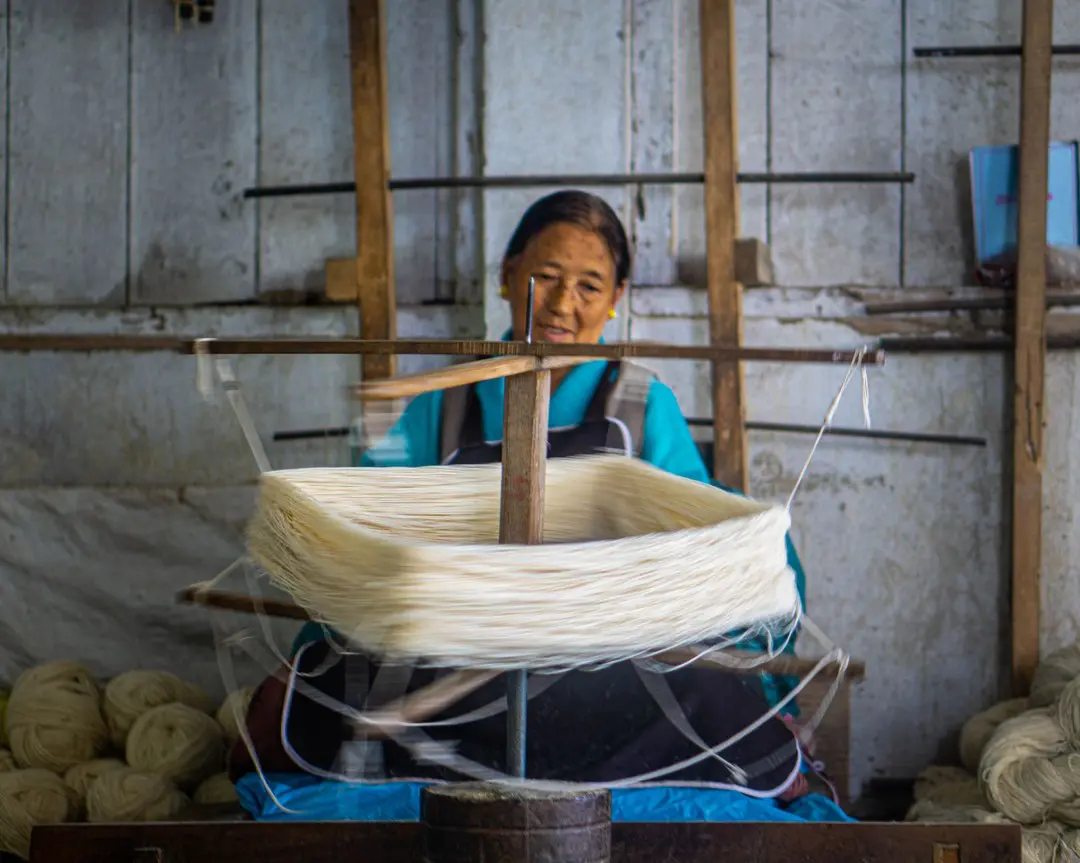Located on the outskirts of Darjeeling, the Tibetan Refugee Self-Help Center is a living museum that showcases the rich heritage and culture of the Tibetan people. In this blog post, we will explore this unique destination and discover the history, art, and crafts that make it a must-visit for anyone interested in Tibetan culture.
History of the Tibetan Refugee Self-Help Center
The Tibetan Refugee Self-Help Center was established in 1959, following the Dalai Lama’s escape to India from Tibet. The center was set up to provide a means of livelihood for Tibetan refugees who had fled their homeland and settled in Darjeeling. Today, the center is a vibrant community that continues to preserve and promote Tibetan culture and traditions.
Exhibitions at the Tibetan Refugee Self-Help Center
The center has several exhibitions that offer visitors a glimpse into the history and culture of Tibet. The museum houses an extensive collection of photographs and artifacts documenting the life and struggles of Tibetan refugees in India. There is also a display of traditional Tibetan costumes and jewelry, as well as intricate thangka paintings and wood carvings.
Crafts at the Tibetan Refugee Self-Help Center
The center is renowned for its handicrafts, made by skilled Tibetan artisans who have honed their craft over generations. Visitors can watch the artisans at work and purchase traditional Tibetan crafts, such as carpets, shawls, and wooden carvings. The center also has a cafe that serves traditional Tibetan food and drinks.



The community at the Tibetan Refugee Self-Help Center
The center is a vibrant community that provides education and healthcare services to Tibetan refugees in the region. The center runs several outreach programs to support the education and well-being of underprivileged children and families in the area. Visitors can interact with the residents and learn about their experiences as Tibetan refugees in India.
The Future of the Tibetan Refugee Self-Help Center
The center faces several challenges, including declining interest in traditional handicrafts and the need to adapt to changing market trends. However, the center remains committed to preserving Tibetan culture and promoting sustainable tourism. Visitors can support the center by purchasing handicrafts and contributing to its outreach programs.
Conclusion
The Tibetan Refugee Self-Help Center is a living museum that offers visitors a unique opportunity to experience Tibetan culture and tradition. With its exhibitions, handicrafts, and community outreach programs, the center provides a glimpse into the life and struggles of Tibetan refugees in India. By visiting and supporting the center, we can contribute to the preservation and promotion of Tibetan heritage and culture.

